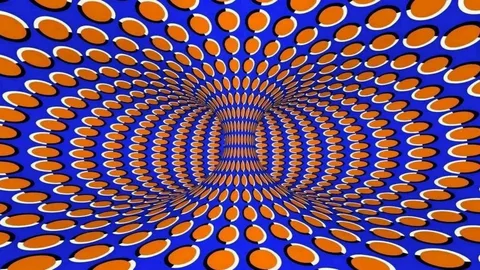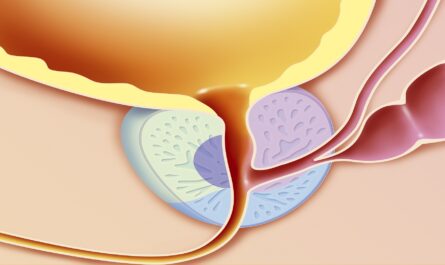Optical illusions, an intriguing phenomenon that can deceive our perception of reality, have long intrigued scientists. From the apparent whiteness of a computer screen to the reversing direction of a spinning wheel, these illusions offer valuable insights into the workings of our eyes, nerves, and brains.
Associate Professor Masataka Watanabe from the University of Tokyo’s Department of Systems Innovation has dedicated his research to exploring the nature of consciousness. One of his approaches involves the use of optical illusions. In his latest study, published in the journal Nature Communications, he set out to investigate whether a specific type of illusion that affects humans would also influence mice.
The illusion in question is known as neon color spreading, which occurs when we perceive a bright spot as spreading out to surrounding areas. This illusion has been a subject of debate in neuroscience for years, with researchers unsure about which levels of neurons in the brain are responsible for this perception.
To shed light on this question, Watanabe and his team employed a combination of two advanced techniques: electrophysiology and optogenetics. They conducted experiments on mice, observing their neural responses to the neon color spreading illusion. The results of these experiments have settled the long-standing debate, revealing that the perception of brightness occurs deeper in the brain than previously thought.
These findings not only contribute to our understanding of visual perception but also demonstrate the value of optical illusions as research tools. By studying these deceptive phenomena, we can gain new insights into the complex workings of our brains.
*Note:
1. Source: Coherent Market Insights, Public sources, Desk research
2. We have leveraged AI tools to mine information and compile it




